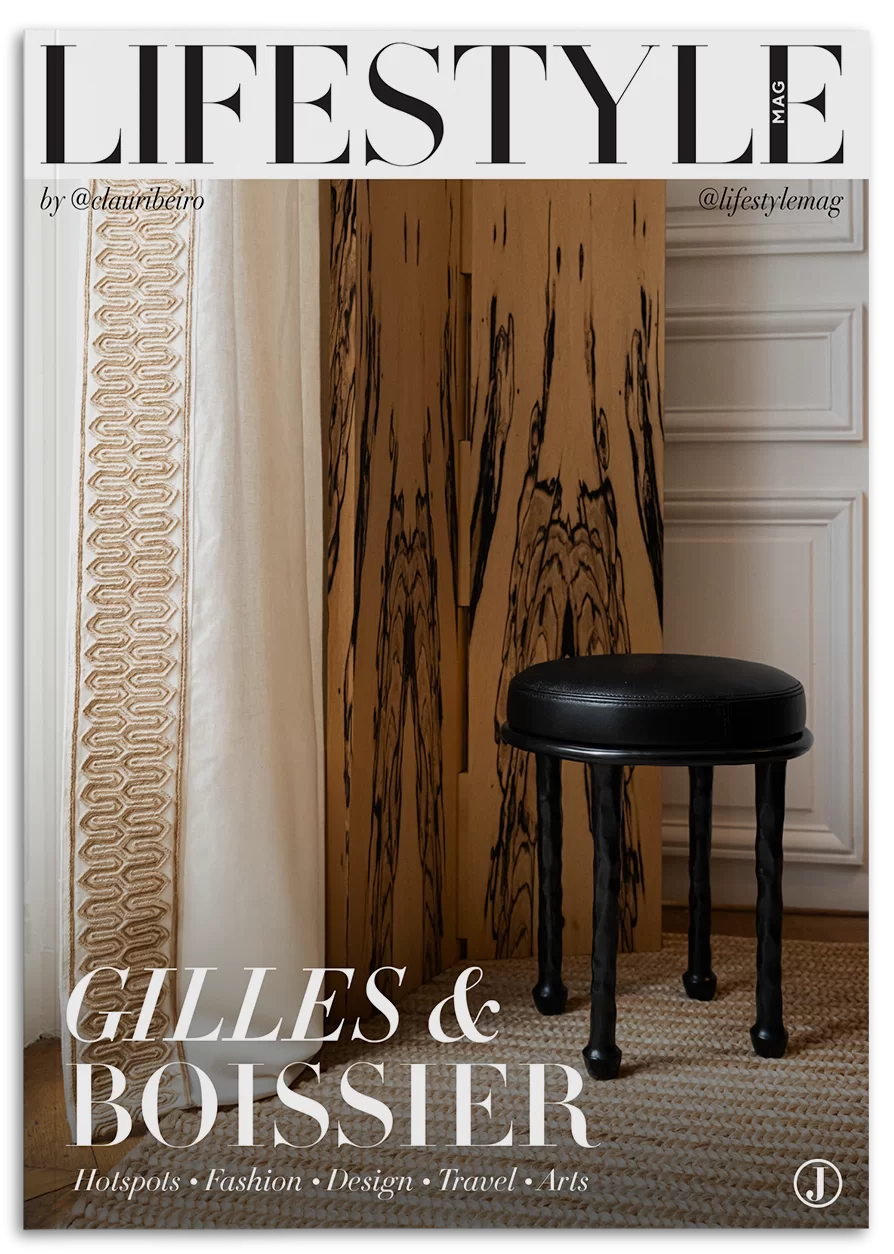When getting dressed becomes an act of resistance
At certain moments in history, what we wear ceases to be merely an aesthetic choice. It becomes a shield, a banner, and a manifesto
Fashion and politics have always intersected in unexpected ways. From impeccable suits to daring dresses, certain women turned fabric into statements and stitched freedom into their very image. Among these narratives, some style icons immortalized looks that transcended time. They speak not only of beauty, but of courage, revolution, and the strength of those who dared to exist on their own terms.
Jackie Kennedy knew this well. The pink Chanel suit she wore on the day President John F. Kennedy was assassinated became one of the most striking images in fashion history. Still in shock, she refused to change it. She wanted the country to see the blood—a silent way of turning mourning into a statement. The photograph of that delicate ensemble, set against the tragedy, marked the end of America’s innocence.
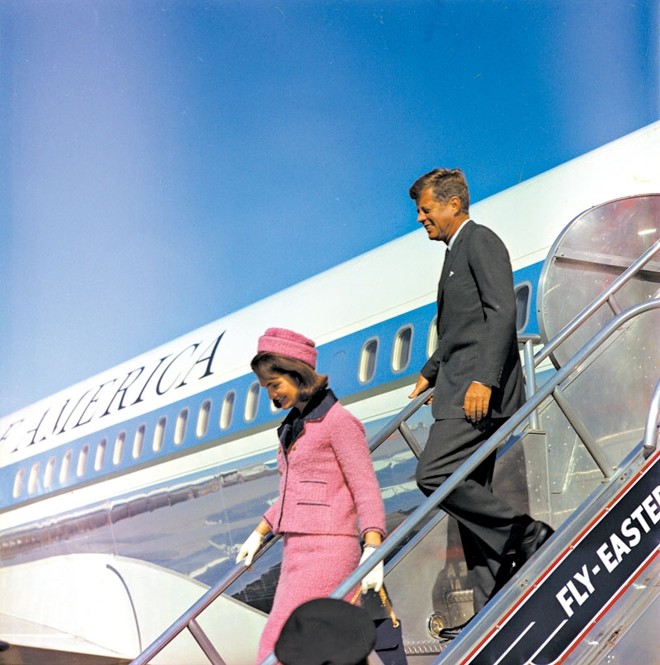
Elsewhere on the map, Eva Perón commanded crowds in dresses that were more than elegant—they were weapons of power. Moving between Dior and Balenciaga, Evita crafted a hybrid image: a saint to the poor and a star to the wealthy. Every detail was meticulously calculated. She asked designers to tailor her garments to emphasize her waist and bust, creating an almost theatrical presence that captivated both palaces and public squares.
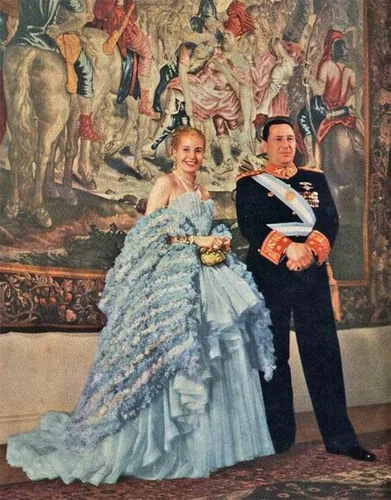
On the stages of jazz, Billie Holiday wore white flowers in her hair, satin dresses, and a sweetness that contrasted with her most iconic song. Strange Fruit denounced racism with a cutting force, sung by a woman who seemed made of light. Few knew that the gardenia, which became her signature, was born out of improvisation. She placed it to cover a burn in her hair just moments before stepping on stage. From vulnerability, an icon was born.
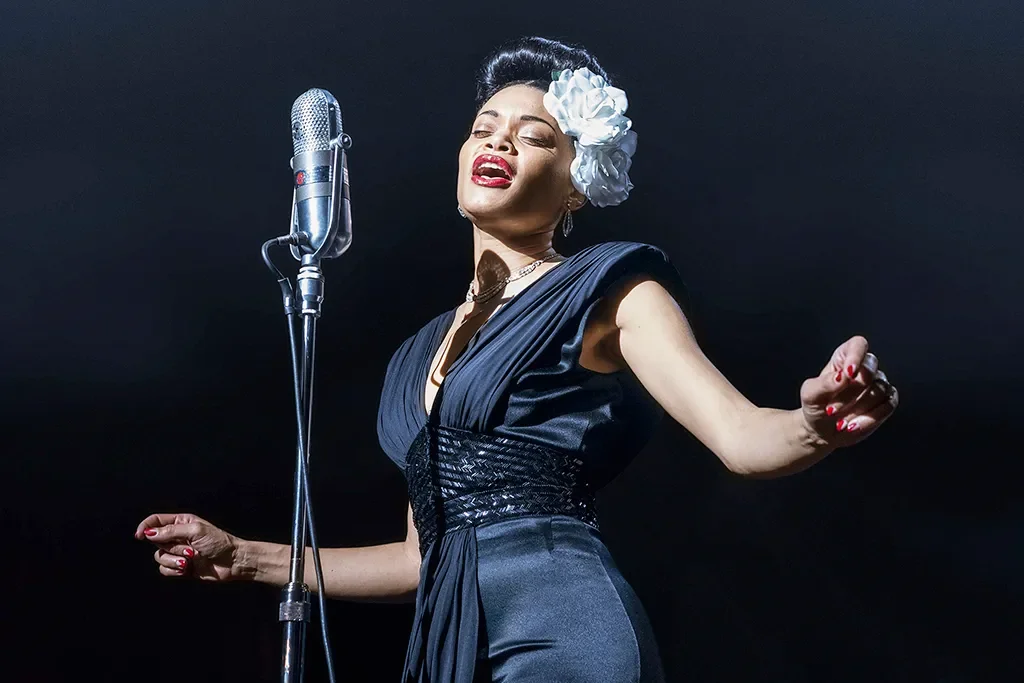
History also granted Princess Diana the power to tell her life story through fashion. Between fairy tales and independence, she used dresses to narrate her transformation. When she appeared in 1994 wearing the celebrated revenge dress, with bare shoulders and a cinched waist, the message was clear: she was free. The dress made headlines around the world and became a symbol of fashion as female liberation, proving that elegance can also be an act of rebellion.

In the fight for civil rights in the United States, Coretta Scott King embraced sobriety as a form of resistance. Her hats and pearl necklaces were carefully chosen to convey dignity. She understood that an impeccable presence could shield the movement from attacks, reinforcing that there is strength in composure and in the refusal to be erased.
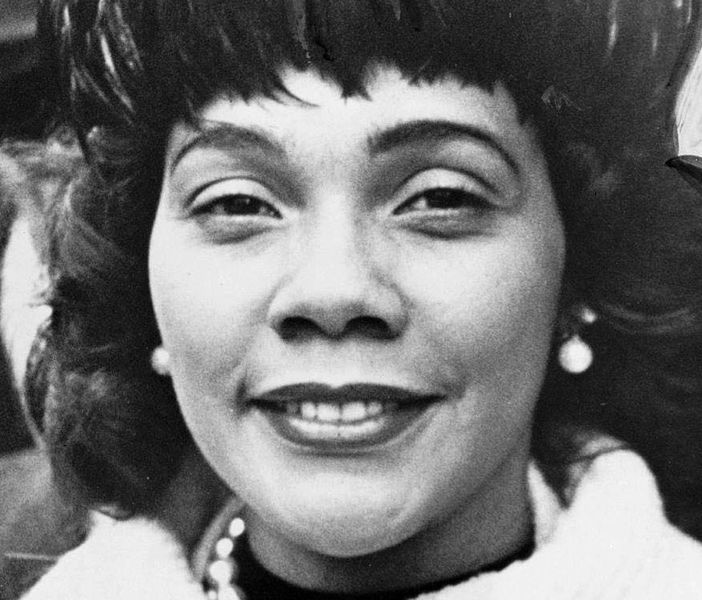
And while some chose elegant silence, Gloria Steinem preferred to provoke. In the 1970s, at the forefront of feminism, she wore miniskirts and high boots, defying the idea that the fight for freedom required abandoning femininity. Her signature aviator glasses completed the manifesto. She viewed the world through her own lenses, refusing to be shaped by what the system expected of a woman.
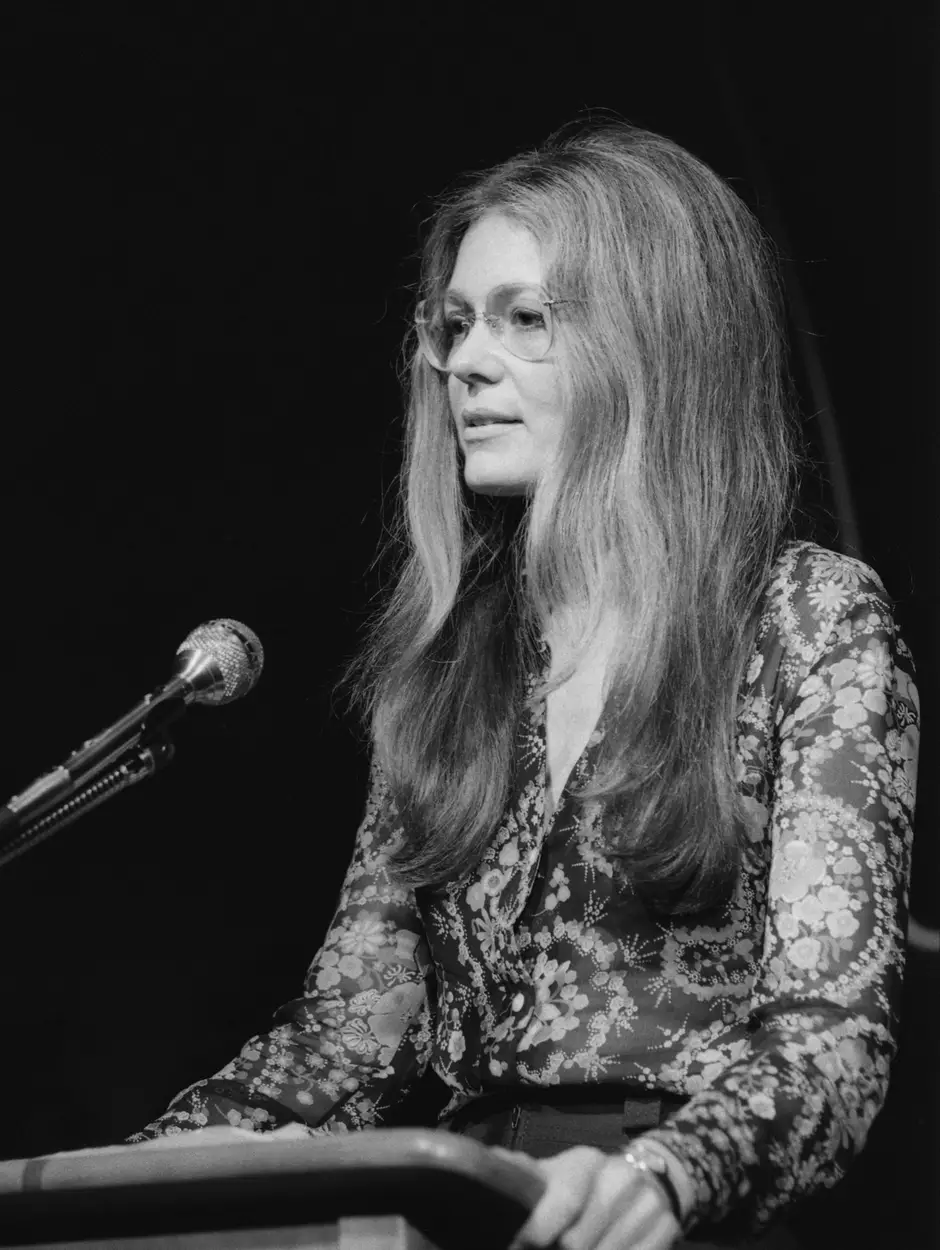
These stories show that fashion as resistance does not need to raise its voice. A pink suit, a flower in the hair, a daring dress, or a miniskirt can become as powerful as speeches. Between fabrics and silences, these women stitched freedom and turned the act of dressing into eternal pages in the history of fashion.

